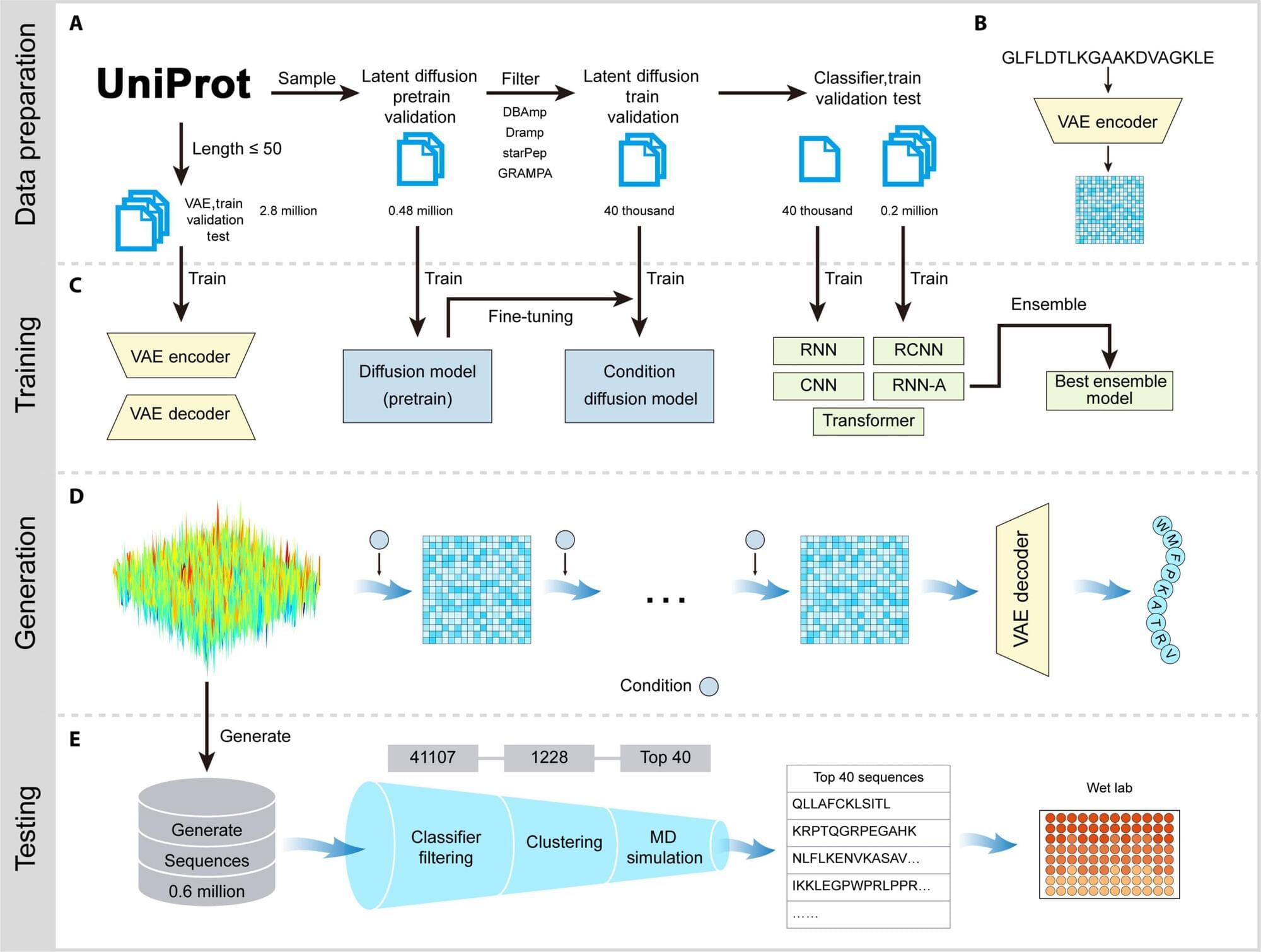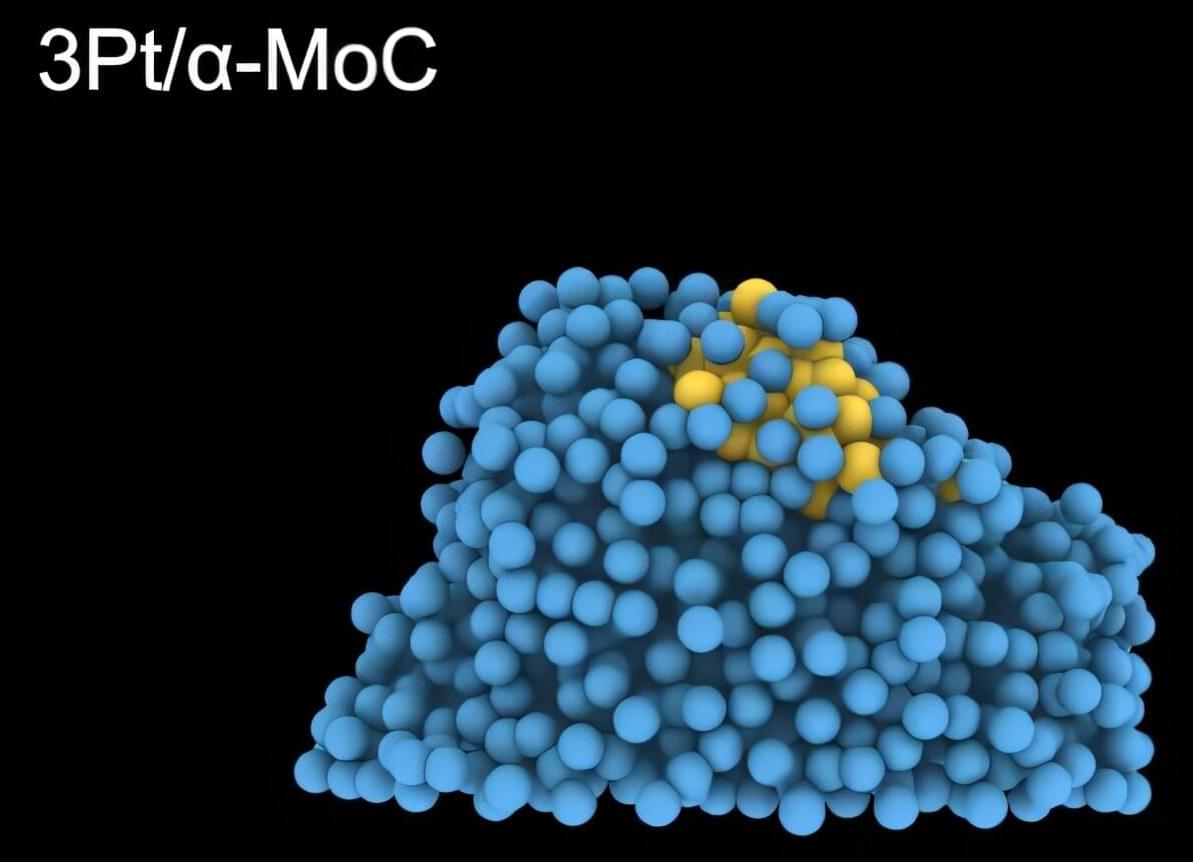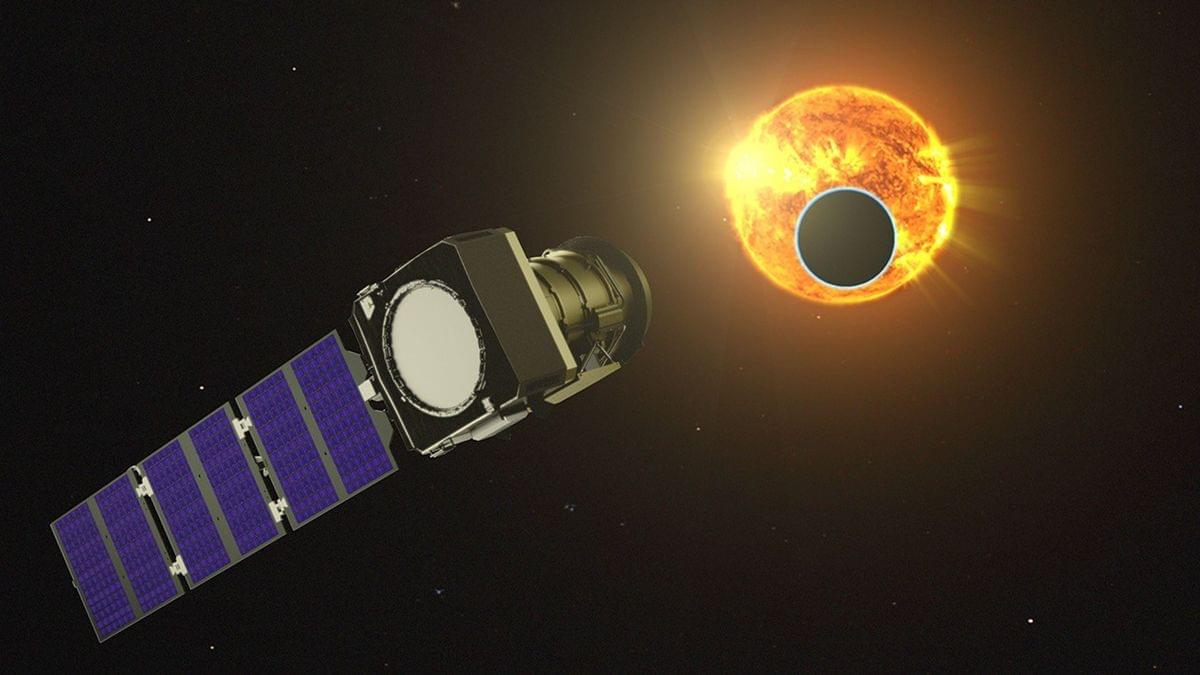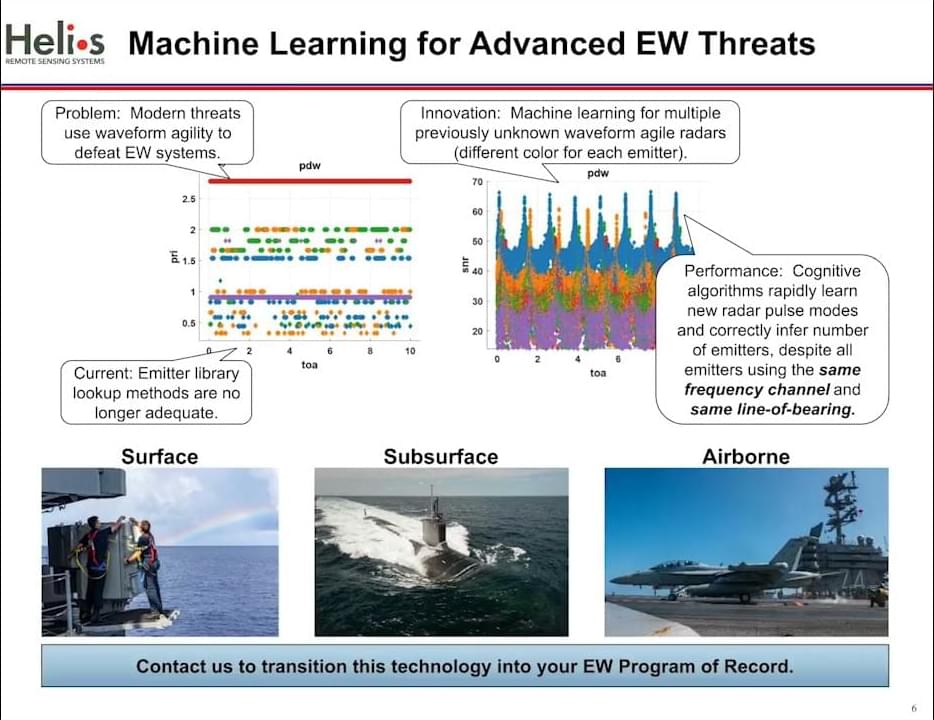A team of microbiologists, chemists and pharmaceutical specialists at Shandong University, Guangzhou Medical University, Second Military Medical University and Qingdao University, all in China, has developed an AI model that generates antimicrobial peptide structures for screening against treatment-resistant microbes.
In their study published in the journal Science Advances, the group developed a compression method to reduce the number of elements needed in training data for an AI system, which helped to reduce diversification issues with current AI models.
Prior research has suggested that drug-resistant microbes are one of the most pressing problems in medical science. Researchers around the world have been looking for new ways to treat people infected with such microbes—one approach involves developing antimicrobial peptides, which work by targeting bacterial membranes.









